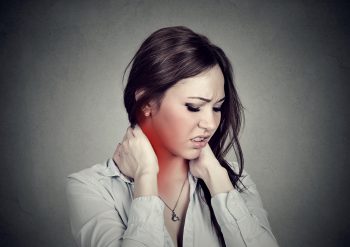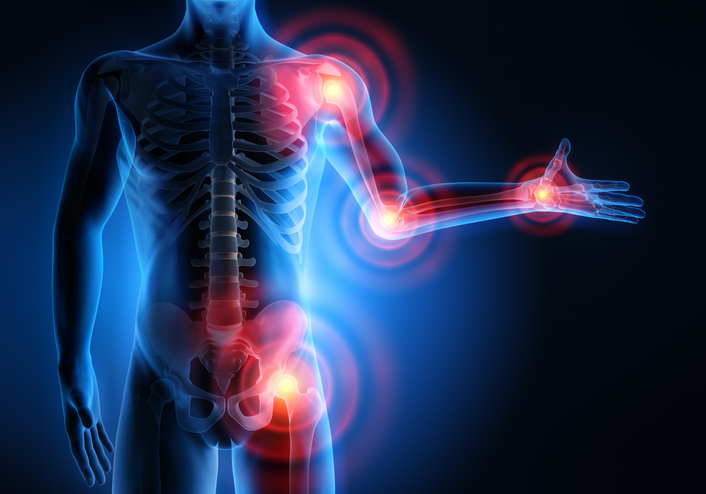
Patients who suffer from chronic pain may benefit from Craniosacral Therapy (CST), according to a new report.
“Chronic pain disorders are the leading global cause of disability and are still increasing in prevalence. Low back and neck pain, headache and migraine considerably affect all age groups from the beginning of adolescence to middle-aged and older adults,” according to the study authors. “The often limited effects and potential side effects of pharmacological treatments for chronic musculoskeletal pain conditions may be reasons why patients frequently use complementary therapies.”
For this systematic review and meta-analysis, the study authors queried PubMed, Central, Scopus, PsycInfo, and Cinahl through August 2018. Eligible studies were full-texts or abstracts of randomized controlled trials (RCTs) or randomized crossover trials assessing adults with any chronic, non-malignant pain condition. Control interventions included usual, waiting list, sham, pharmacological therapies, or non-pharmacological comparators. The primary outcomes were pain intensity and functional disability; additional outcomes were physical quality of life, mental quality of life, global improvement, and safety, which was measured by the number of adverse events (AEs) or study withdrawals attributed to AEs. Non-randomized trials, studies including children or adolescents, and studies of interventions not defined as CST were excluded.
Final analysis included ten RCTs encompassing 681 total patients with neck and back pain, migraine, headache, fibromyalgia, epicondylitis, and pelvic girdle pain. CST was associated with more significant effects, compared to treatment as usual, on pain intensity (standardized mean difference [SMD]=–0.32; 95% confidence interval [CI], –0.61 to –0.02) and disability (SMD=–0.58; 95% CI, –0.92 to –0.24). Compared to manual/non-manual sham, CST was more effective in reducing pain intensity (SMD=–0.63; 95% CI, –0.90 to –0.37) and disability (SMD=–0.54; 95% CI, –0.81 to –0.28). When compared to active manual treatments, CST was more effective in reducing pain intensity (SMD=–0.53; 95% CI, –0.89 to –0.16) and disability (SMD=–0.58; 95% CI, –0.95 to –0.21). After six months, CST was more effective than sham in reducing pain intensity (SMD=–0.59; 95% CI, –0.99 to –0.19) and disability (SMD=–0.53; 95% CI, –0.87 to –0.19). All secondary outcomes favored CST, with the exception of six-month mental quality of life when compared to sham. No serious AEs were reported in the five RCTs that analyzed safety data, and minor AEs did not largely differ between the groups.
The study appeared in BMC Musculoskeletal Disorders.
“This meta-analysis suggests significant and robust effects of CST on pain and function, which are not exclusively explainable by placebo responses or effects due to non-specific treatment mechanisms,” summarized the authors. “More RCTs strictly following [Consolidated Standards of Reporting Trials] are needed to further corroborate the efficacy, comparative effectiveness, and safety of CST in patients with chronic pain conditions.”







 © 2025 Mashup Media, LLC, a Formedics Property. All Rights Reserved.
© 2025 Mashup Media, LLC, a Formedics Property. All Rights Reserved.